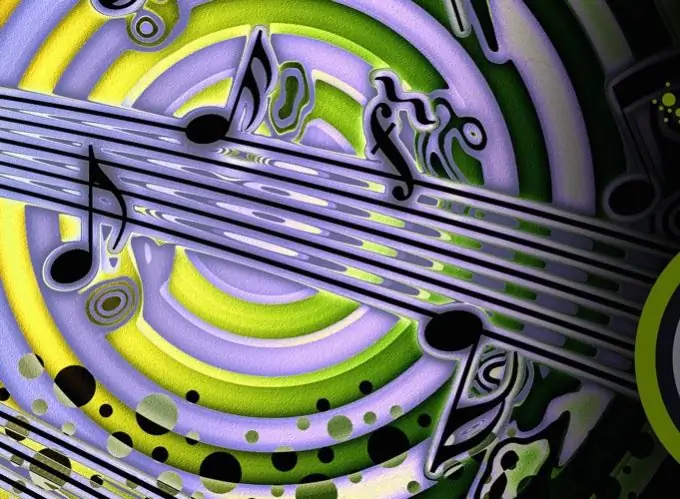One of the tasks that have to be solved when editing a video clip is to create a connection between music and video. For this, editing is applied to the strong beats of the audio sequence, the imposition of effects on the video sequence, the parameters of which change in accordance with the change in the sound parameters. One of the ways to visually combine sound and image in a clip is to generate a graphical representation of a sound wave in the frame.

Necessary
- - Adobe After Effects program;
- - sound file.
Instructions
Step 1
Import the sound file into After Effects, or open a finished project with the sound file. To import a file, use the File option from the Import group of the File menu, to open a project use Open Project or select the name of the file to open from the list that appears when using the Open Recent Project option from the same menu.
Step 2
If you have imported audio and have not yet added it to the timeline, do so by dragging and dropping the audio file onto the Timeline palette.
Step 3
Create a new layer to apply the effect. To do this, use the Solid option from the New group of the Layer menu. In the properties window of the created layer, enter its name in the Name field. Nothing bad will happen if you don't, but if you have thirty to forty layers in the process of working on a project, it will be difficult to understand what the default layer is responsible for. To make the size of the created layer correspond to the size of the composition, click on the Make Comp Size button.
Step 4
In the Effects & Presets palette, find the Audio Waveform effect. It can be found by expanding the Generate group or by typing the name into the search bar at the top of the palette. Drag the found effect onto the newly created new layer. After applying the effect, the background of the layer will become transparent.
Step 5
Adjust the effect parameters in the Effect Controls palette. To do this, select the layer on which the audio file lies from the drop-down list in the Audio Layer field. Specify the points between which the audio wave will be located on the screen. This can be done by setting the coordinates Start Point and End Point in the palette, or you can drag the markers marking the end and the beginning of the wave in the preview window with the mouse.
Step 6
Adjust the inner and outer colors of the lines that make up the wave. This can be done by clicking on the colored rectangles in the Inside Color and Outside Color fields. By changing the Maximum Height parameter, you can adjust the height of the wave. The Thickness parameter controls the thickness of the lines that make up the wave. If you want to blur the edges of the wave, adjust the Softness parameter.
Step 7
Preview the result of applying the filter using the RAM Preview option, which can be found in the Preview group of the Composition menu.
Step 8
Save the project file if you are going to continue working with the video using the Save option from the File menu. To save the finished video file, add the composition to the Render Queue palette and start saving by clicking on the Render button.






